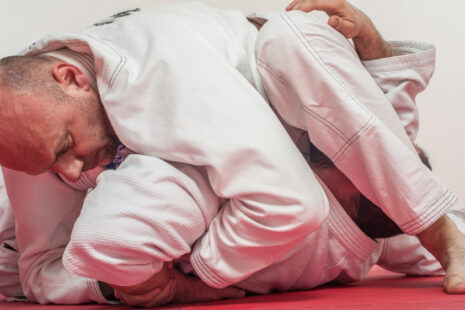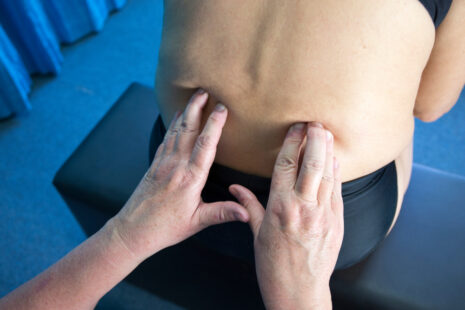Stretching can help those with a rotator cuff injury, but caution is needed to avoid worsening pain or discomfort. Stretching can help improve flexibility, reduce muscle tension, and promote healing in the shoulder area.
Specific guidelines when stretching with a rotator cuff injury
- Gentle and Controlled Movements – Perform gentle and controlled stretching movements to avoid aggravating the injured area. Avoid overstretching or forcing the shoulder into painful positions.
- Focus on Range of Motion – Focus on improving the range of motion in the shoulder joint without causing pain. Start with gentle stretches and gradually increase the intensity and duration as tolerated.
- Avoid Overhead Stretches – Avoid overhead stretching movements that may place excessive strain on the rotator cuff muscles and tendons, especially if you have a rotator cuff tear or impingement.
- Stretches for Flexibility – Incorporate stretches that target the muscles surrounding the shoulder joint, including the deltoids, pectoral muscles, upper back, and rotator cuff muscles (supraspinatus, infraspinatus, teres minor, and subscapularis).
- Warm-Up Before Stretching – Warm up the shoulder muscles with gentle movements or light aerobic exercises before performing stretching exercises. This helps increase blood flow to the area and prepares the muscles for stretching.
- Hold Stretches Gradually – Hold each stretch for 15-30 seconds and repeat 2-3 times. Avoid bouncing or jerking movements during stretches, as this can increase the risk of injury.
- Modify Stretches as Needed – Modify stretching exercises to accommodate your level of pain and range of motion. Use props such as a towel, strap, or foam roller to assist with stretching if necessary.
- Listen to Your Body – Pay attention to how your shoulder feels during stretching exercises. If you experience increased pain or discomfort, stop the stretch and reassess your approach. It’s necessary to avoid pushing through pain when stretching with a rotator cuff injury.
- Combine Stretching with Strengthening – Incorporate strengthening exercises for the rotator cuff muscles in addition to stretching. Strengthening exercises help stabilize the shoulder joint and support proper alignment, which can aid in recovery from a rotator cuff injury.
If you’re unsure about which stretching exercises are safe and effective for your specific condition, consider consulting with a physical therapist or healthcare professional. They can provide personalized recommendations and guidance based on your individual needs and the severity of your rotator cuff injury.




